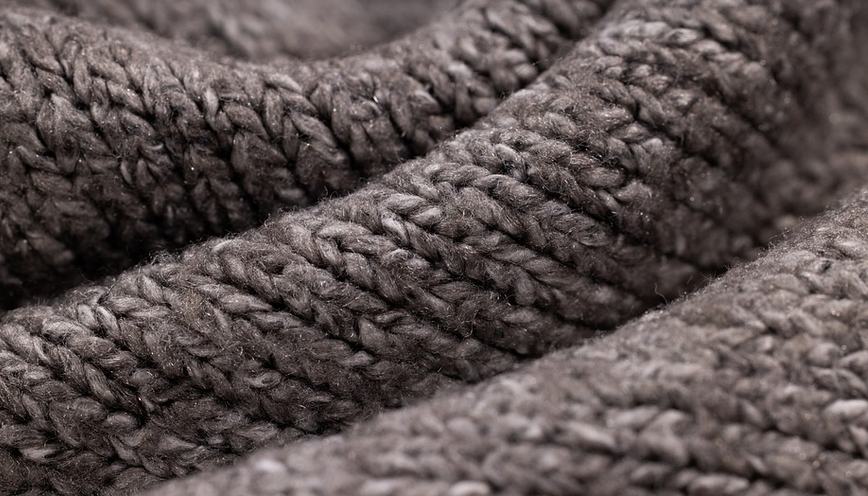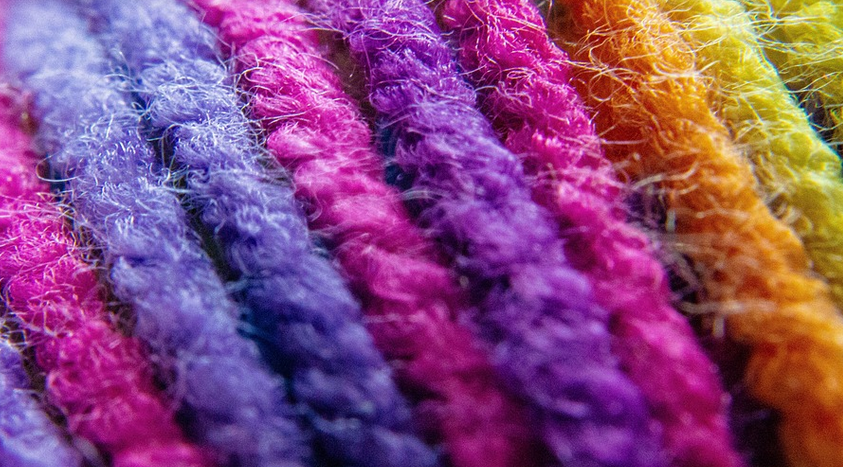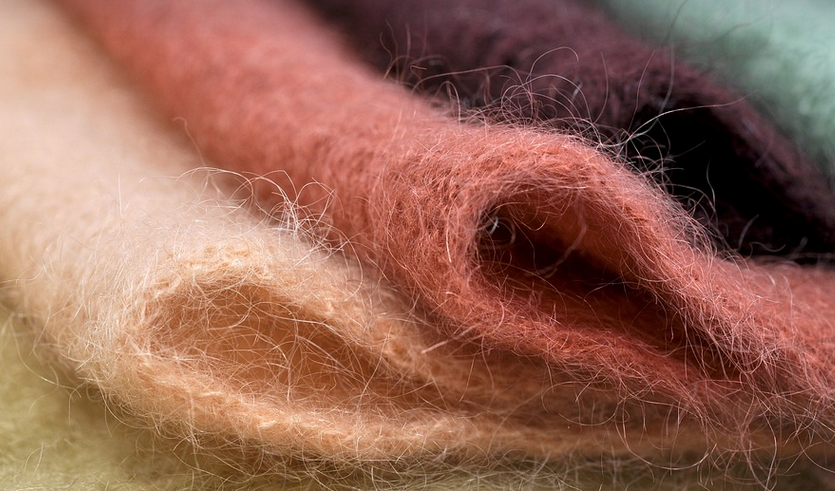
Unraveling the Mystery of Fly Fishing Net Rubber
So, you’ve decided to dive into the world of fly fishing, and you’re intrigued by the idea of using nets to catch your next fish. You might be wondering, “What’s the deal with these nets rubber things?” Well, you’ve come to the right place! Let’s take a closer look at this seemingly simple tool and understand how it can elevate your fly fishing experience.
Fly fishing nets, also known as net rubber or simply “rubber nets,” are a type of wading net designed for use in various freshwater habitats. These portable tools are built to be lightweight and compact, allowing anglers to transport and utilize them efficiently on the bank or even during swift water runs. Their versatility makes them incredibly useful for a multitude of fishing scenarios.
One key reason why fly fishing nets rubber are so popular is their unique flexibility. Unlike traditional wading nets that tend to be stiff and rigid, these net rubber versions provide a more adaptable feel. This flexibility allows anglers to maneuver the net effectively in tight spaces, adjust it to different casting angles, and even use it for catching small fish or securing delicate specimens.
The material itself is a crucial factor in their success. The most common materials used in these nets are rubberized netting. This combination of rubber and netting creates an incredibly durable and resilient net that can withstand the demands of fishing. It’s designed to be tear-resistant, abrasion-resistant, and even water-resistant.
When choosing a fly fishing net rubber, consider the size and weight of your target fish. Larger nets are ideal for catching bigger species like salmon or trout. Smaller nets are perfect for catching smaller panfish or other delicate species. Always prioritize comfort and ease of use over sheer size.
Furthermore, it’s essential to understand different net styles. There are various types of fly fishing net rubber available in the market:
- **Round nets:** These nets have a rounded design, making them ideal for maneuvering tight spaces and casting effectively.
- **Square nets:** Square-shaped nets offer a more stable and solid feel than round nets, making them suitable for larger fish or heavy catches.
- **Multi-use nets:** These versatile nets are designed for various tasks, from collecting small catches to guiding the hook during presentations.
Choosing the right net style ultimately depends on your personal preferences and fishing styles. However, most anglers find that round nets offer a blend of maneuverability and practicality, while square nets provide stability and reliability.
The Benefits of Rubber Netting: Why It’s Worth Investing In
Beyond their functional advantage, fly fishing net rubber offers several benefits that elevate the angler’s experience. The use of rubber netting ensures greater durability, making these nets long-lasting investments.
First and foremost, they provide exceptional resilience against wear and tear. Constant exposure to water, rough handling, and sometimes even sharp rocks can damage traditional wading nets. But with their rubberized construction, fly fishing net rubber withstands these challenges, extending the lifespan of your gear.
Next, these nets are highly resistant to abrasion and tearing. They’re designed to endure the pressure of landing big catches or fighting against strong currents. This makes them ideal for anglers who enjoy pushing their limits and venturing into challenging fishing waters.
Beyond durability, fly fishing net rubber offers superior water resistance. The material used in these nets is specifically chosen to resist water penetration, keeping your catch dry and protected from the elements.
The Ultimate Guide To Fly Fishing Net Rubber: A Step-by-Step Tutorial
You’ll be amazed by how easy it is to use fly fishing net rubber! Let’s dive into a step-by-step guide for ensuring a smooth experience:
**1. Prepare your Gear:** Before you set up your net, ensure you have all the necessary gear. This includes your rods and reels, lures, flies, and of course, your fishing net rubber.
**2. Choose your Location:** Select a spot with plenty of space to cast. Consider factors like terrain, water flow, and potential obstacles.
**3. Positioning the Net:** Position the net strategically and secure it at a suitable angle for easy reach and maneuverability.
**4. Casting Time:** With your net in place, now comes the exciting part: casting your line. Aim your cast with precision, considering the target fish’s behavior and the flow of the water.
**5. Netting Your Catch:** After landing your catch, use the net to carefully secure it. Use a gentle but firm grip and avoid any unnecessary pressure that might damage your fish.
**6. Rinse & Dry:** Always rinse your catch thoroughly with freshwater after removing it from the net. It helps remove any debris or parasites that may have accumulated during transportation and prevents bacteria growth.
The Future of Fly Fishing Net Rubber: Innovation on the Horizon
As fishing technology continues to advance, fly fishing net rubber is also evolving. New materials and designs are being explored that promise even greater durability, versatility and ultimately, a better fishing experience.
For instance, researchers are exploring lightweight yet robust materials like carbon fiber to create nets that can withstand challenging fishing grounds and offer superior maneuverability
Moreover, the development of water-resistant coatings on net rubber is also gaining momentum. This innovation promises increased protection from harsh weather conditions and prolonged use without compromising functionality.
As the fishing industry continues to innovate and embrace new technologies, fly fishing net rubber remains a crucial piece in the angler’s toolkit. It promises to revolutionize the way we fish for generations to come, opening doors to even more exciting angling adventures.





